As a woman camper, you're seeking adventure, relaxation, and connection with nature. Your camping experience, however, relies on one key element: safety. A solid safety plan isn't restrictive – it's liberating. It allows you to enjoy the wilderness fully, explore confidently, and create lasting memories without constant worry.
By learning essential safety skills and taking proper precautions, you're not just protecting yourself; you're enhancing every aspect of your outdoor journey. With the right approach, your next camping trip can be a blend of excitement, peace of mind, and pure enjoyment.
How to Plan Your Safe Camping Trip
A safe camping trip starts with good planning. These steps will help you prepare for a secure and enjoyable outdoor adventure.
1. Pick Your Camping Area
Start by choosing a general area for your camping trip. Look for places known for safety and that match your camping experience. Think about how far you want to travel and what kind of setting you prefer, like forests, lakes, or mountains. Consider whether you want a developed campground or a more remote backcountry experience.
2. Learn About Your Chosen Spot
Once you've picked an area, it's time to learn more about it. Check the weather forecast for your trip dates. Study maps to understand the terrain you'll encounter, including any hills, rivers, or forests. Find out about local wildlife and any safety measures you should take. Make sure you know about any park rules or permits you'll need.
3. Find the Right Campsite
Your specific campsite can make a big difference in your safety and comfort. Read reviews from other campers, especially women, to get a sense of safety and overall experience. Look for places with security measures like staff or regular patrols. Make sure your site has essential facilities such as water sources and proper food storage. It's also wise to choose a spot that's not too far from park rangers or medical help, just in case.
4. Set Up Your Safety Net
Your final step is to create a communication plan. Share your plans with a trusted friend or family member. Tell them exactly where you'll be camping, any trails you plan to hike, and when you expect to return. Give them a description of your vehicle and any important health information about you. Arrange regular check-in times during your trip to stay connected.
These preparations create a strong foundation for a safe and enjoyable camping experience. With good planning, you can relax and fully appreciate the beauty of the outdoors.
Essential Safety Equipment for Camping
The right gear can make a big difference in your safety while camping. Here's what you need to pack for a secure outdoor experience.
Must-Have Camping Gear
Your shelter and vehicle are key to a safe trip:
- Tent: Choose a high-quality, weather-resistant model
- Sleeping bag: Rated for the expected temperatures
- Sleeping pad: For insulation and comfort
- Vehicle check: Brakes, tires, fluids, spare tire, and basic tools
Special Safety Equipment
Be prepared for emergencies and navigation challenges:
- First-aid kit: Include bandages, antiseptic wipes, pain relievers, and personal medications
- Map and compass: Physical, non-electronic navigation tools
- GPS device: Outdoor-specific model as a backup
Protection from Wildlife and Other Threats
Stay safe from local wildlife and be prepared for emergencies:
- Bear spray: In bear country (know how to use it)
- Food storage: Sealed containers for food and scented items
- Flashlight or headlamp: With extra batteries
- Whistle: For signaling in emergencies
- Personal alarm: Check local laws before bringing
With these items, you'll be well-prepared for many situations you might encounter while camping. The goal is to enjoy nature safely and responsibly.
How to Set Up a Safe Campsite
When you arrive at your camping area, follow these steps to create a secure and comfortable outdoor home.
1. Find a Flat, Dry Area Away from Hazards
Look for a flat, dry area to pitch your tent. Clear away rocks and sticks that could damage your tent floor. Avoid low spots where water might collect if it rains. Before setting up, look above you for dead branches or leaning trees that could fall. For safety and to protect the environment, keep your tent at least 200 feet away from lakes, rivers, or streams.
2. Store Food 100 Feet from Your Tent
Set up your food storage area at least 100 feet from your tent. In bear country, use a bear-resistant container. Elsewhere, hang food from a high tree branch, at least 10 feet up and 4 feet from the trunk. Create a separate cooking area, also 100 feet from your tent. After meals, clean all dishes immediately. Store scented items like toothpaste with your food. Put trash in sealed bags and keep it with your food storage.
3. Build a Safe, Controlled Campfire
If campfires are allowed, find an existing fire ring or clear a 10-foot circle down to bare dirt. Keep the fire at least 15 feet from tents and plants. Use only fallen wood for fuel, and keep your fire small and controlled. Never leave it unattended. Before sleeping, put the fire out completely by dousing it with water, stirring the ashes, and repeating until the embers are cold.
How to Stay Safe While Exploring Nature
Once your camp is set up, you'll want to explore the surrounding wilderness. Follow these guidelines to stay safe during your outdoor activities.
1. Plan Your Hikes Carefully
Always carry a map and compass, and know how to use them. Plan to start your hikes early and finish before dark. If hiking alone, tell someone your planned route and expected return time. For group hikes, stay together and match your pace to the slowest member. Carry essential supplies like water, snacks, and a first-aid kit, even for short hikes.
2. Respect Wildlife from a Distance
If you encounter wildlife, stay calm and give the animal plenty of space. Never approach, feed, or try to take photos with wild animals. Make noise while hiking to avoid surprising animals. In bear country, carry bear spray and know how to use it. Keep your campsite clean to avoid attracting animals, and store food properly as discussed in the previous section.
3. Prepare for Changing Weather and Environmental Risks
Check the weather forecast before heading out, but be ready for sudden changes. Carry rain gear and extra layers even on sunny days. If you hear thunder, seek lower ground immediately. To protect against insects, use repellent and wear long sleeves and pants when possible. Consider treating your clothes with permethrin for added protection. Always wear sunscreen, a hat, and sunglasses to guard against sun exposure, even on cloudy days.
How to Handle Emergencies in the Wilderness
Even with careful planning, emergencies can happen. Knowing how to respond can make a big difference. Here's what to do in common outdoor emergencies.
1. Stay Safe When Lost
If you realize you're lost, stop walking. Take deep breaths to stay calm. Panic can make you make bad decisions. Use the STOP method:
- S - Stop moving
- T - Think about your situation
- O - Observe your surroundings
- P - Plan your next steps
If you're in an open area, stay there. In thick forest, try to find a clearing. Make yourself easy to see and hear:
- Lay out bright clothing or gear in an X shape for air rescuers to see
- Blow your whistle three times, pause, then repeat. This is a distress signal
2. Respond to Medical Problems
For any injury or illness, first make sure the area is safe. Then check if the person is breathing and their heart is beating. Use your first aid kit and skills to help. Common problems in the wilderness include cuts, burns, sprains, and getting too cold.
If the situation is very serious or you can't handle it, you need to get help. If you have cell phone service, call emergency services. Tell them exactly where you are and what happened. If you can't call, send the strongest person in your group to find help. Others should stay with the hurt person.
Start Your Safe Camping Adventure Today
You now know how to camp safely. You've learned how to plan your trip, pack the right gear, set up a secure camp, and handle emergencies. Remember to choose safe spots, store food properly, and respect wildlife. Always be ready for weather changes and unexpected situations. With these skills, you can enjoy nature confidently. So pack your bags, tell a friend your plans, and head outdoors. A great camping experience is waiting for you!






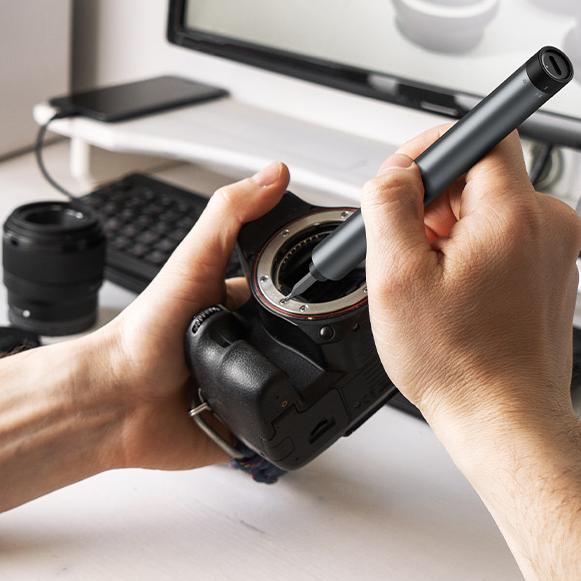



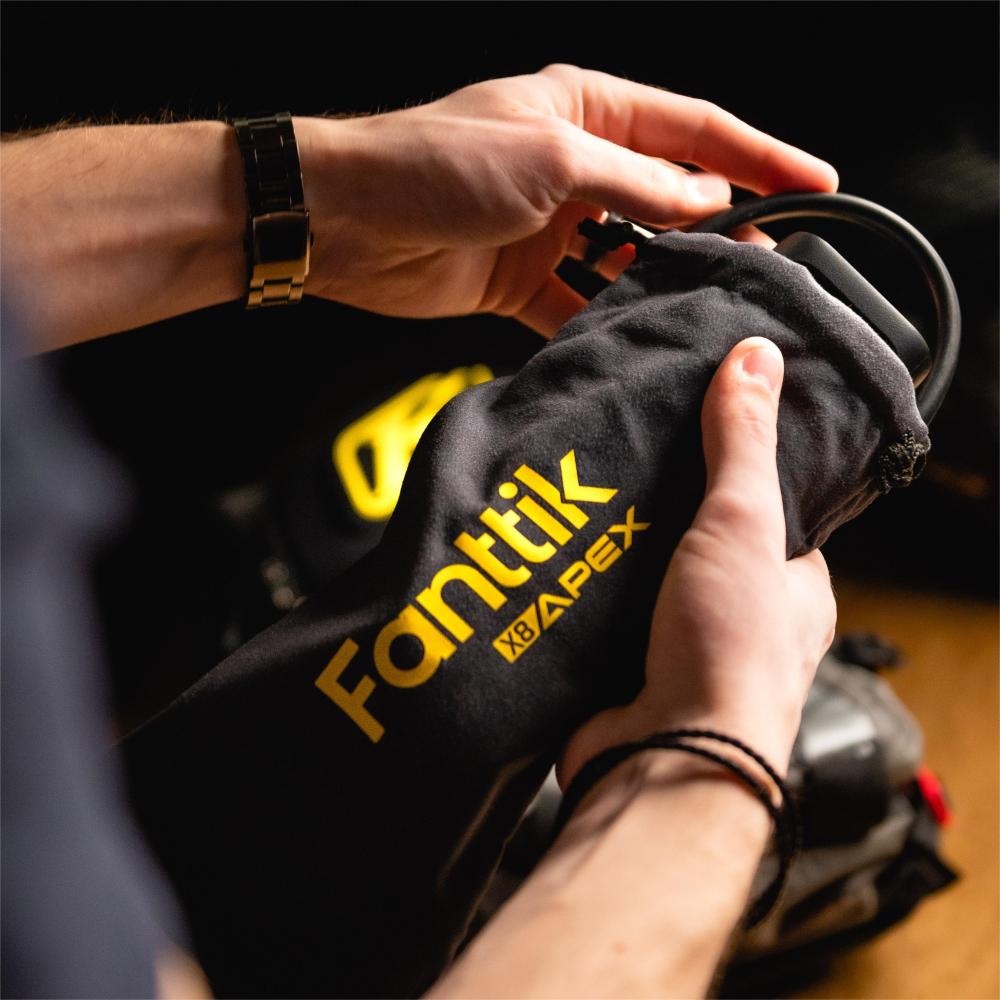
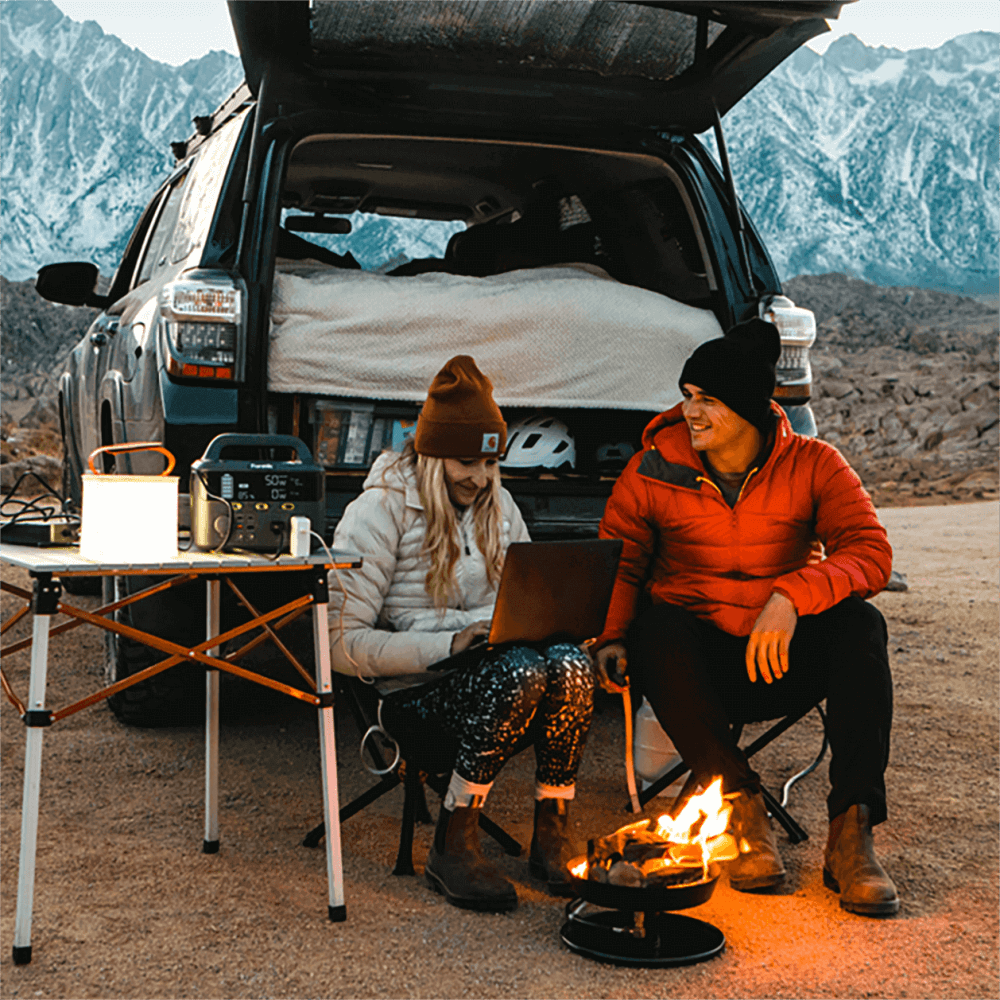
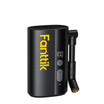
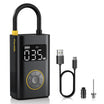
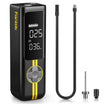
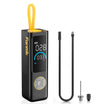
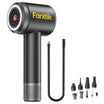
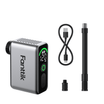
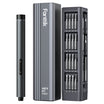
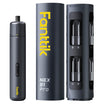
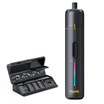
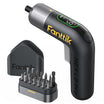
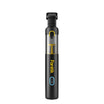
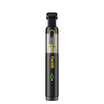
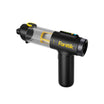
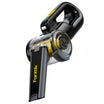
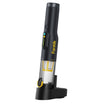
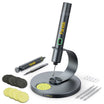
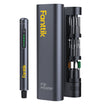
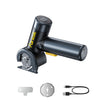
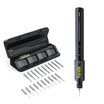
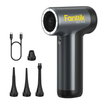
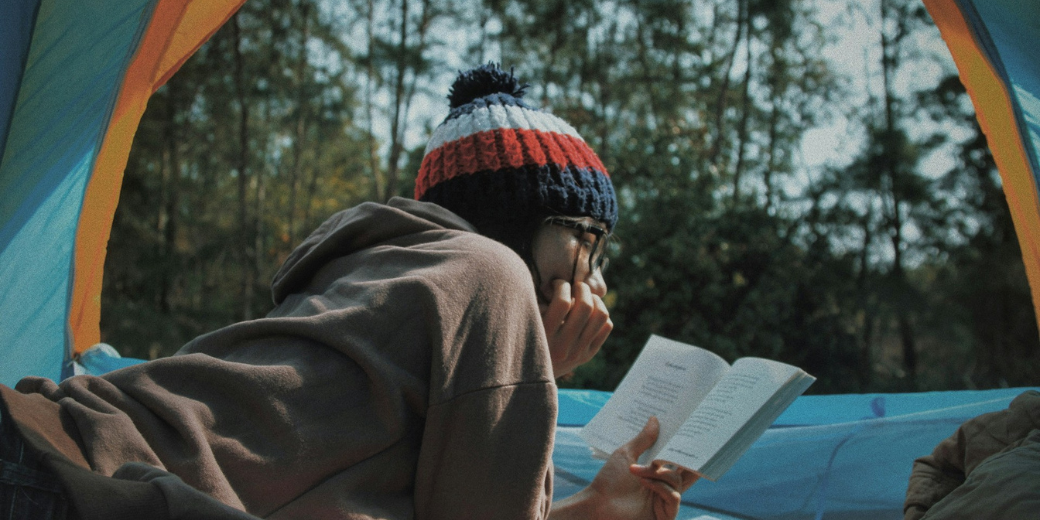
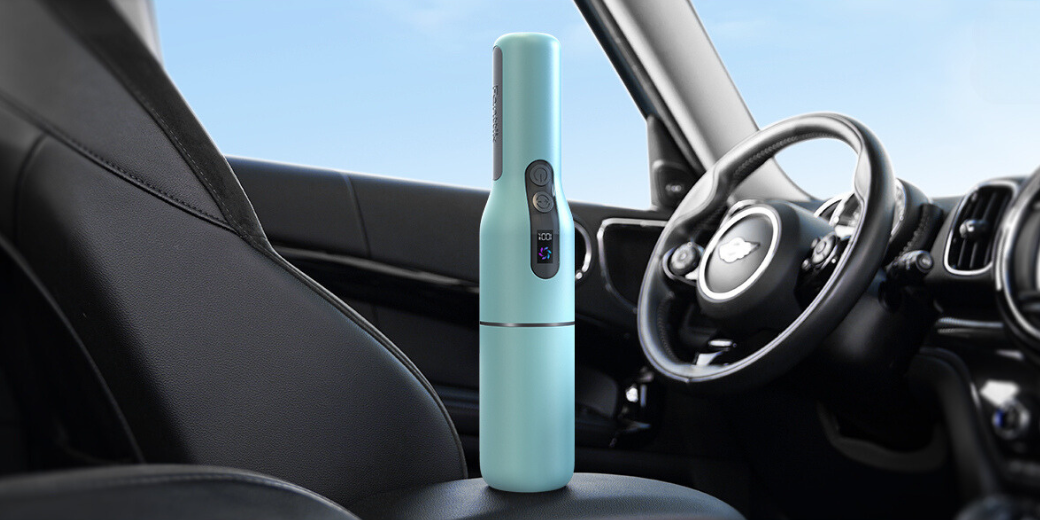

Leave a comment
All comments are moderated before being published.
This site is protected by hCaptcha and the hCaptcha Privacy Policy and Terms of Service apply.